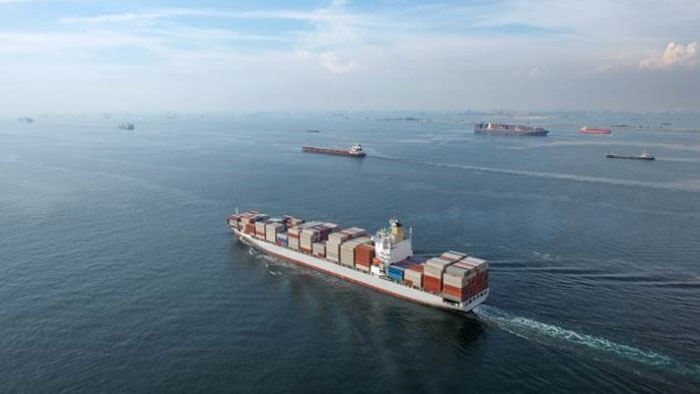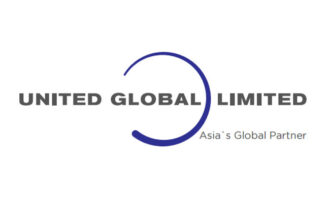
ExxonMobil announces Mobilgard™ 540 designed for IMO’s lower sulphur fuels limit of 0.5%
ExxonMobil has developed a newly formulated 40BN cylinder oil, Mobilgard™ 540, which is designed for the low-sulphur fuels the vast majority of the marine industry are expected to adopt on 1 January 2020, to comply with the International Maritime Organization’s (IMO) lower sulphur limit in fuels of 0.5%.
Mobilgard 540 will be available starting in the first quarter of 2019 and is compatible at any volume with ExxonMobil’s current cylinder oil. This will ensure that vessel operators can safely and efficiently switch to compliant fuels with complimentary cylinder oils. The new lubricant will replace Mobilgard™ 525 and can be used for vessels operating in 0.10% Emission Control Areas (ECAs). This means vessels with non-corrosive engines that burn compliant residual and distillate fuels only need to carry one type of cylinder oil.
“We anticipate deliveries of Mobilgard 540 to start during the first quarter of 2019, which will provide our customers with plenty of time to run down stocks of cylinder oils ahead of the IMO deadline,” said Iain White, ExxonMobil’s global field engineering manager.
“The new lubricant will be available across our global port network and via our extensive distribution network, underlining our commitment to support the maritime industry on a seamless transition to a compliant future,” he said.
ExxonMobil will continue to supply high base number (BN) cylinder oils for customers that choose scrubbers as their method of compliance. A new ultra-low BN formulation suitable for customers using LNG is also being developed using ExxonMobil’s bespoke slow speed test engine.
ExxonMobil has confirmed that all its International Maritime Organization (IMO) compliant, 0.50% sulphur fuels developed to date are residual grades, ranging from RMD 80 to RMG 380, meeting specification levels established in ISO 8217:2017.









